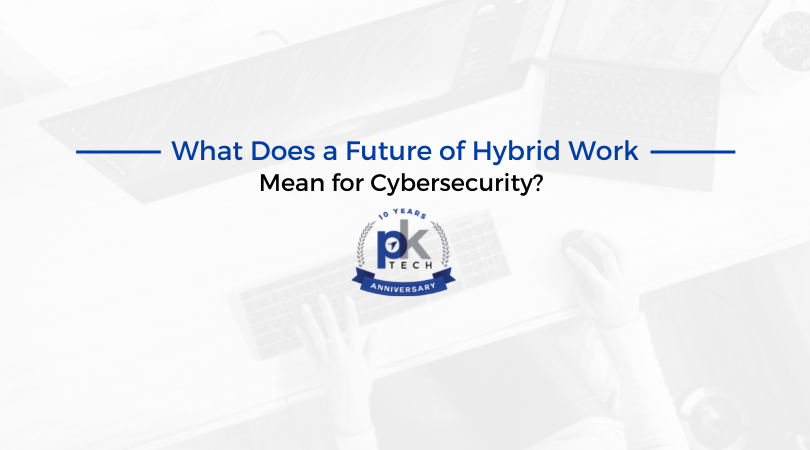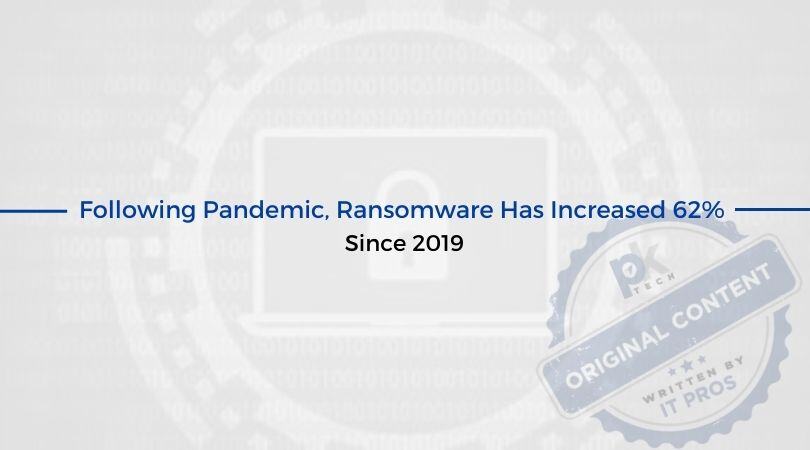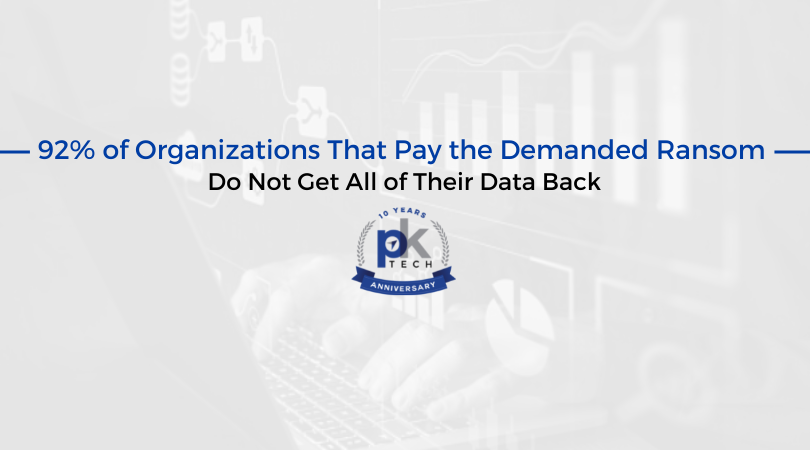Understanding and Minimizing the Risk of Collaboration Apps in Your Business
In a world of growing remote and hybrid work schedules, collaboration apps have emerged as a way for organizations to stay interconnected regardless...
1 min read
Megan Schutz : September 21, 2021

A new report titled The State of Hybrid Workforce Security 2021 looks into what a future of hybrid work will mean for cybersecurity. Organizations are now faced with a key question: how do you maintain an optimal hybrid workforce for the long term?
Prior to COVID-19, organizations mostly dealt with just the challenge of managing an in-office workforce. That challenge has now grown to encompass the future of a hybrid workforce, i.e. a mix of in-office and remote work employees. This new Hybrid Workforce Model that has emerged in the fallout of the Covid-19 pandemic poses a new set of IT security challenges for organizations.While first considered to be a temporary solution, the hybrid workforce model is here to stay. And with that, organizations must figure out how to adapt, or their security is at added risk.
Here’s why this report and the hybrid workforce model are relevant to your organization:
Now, let’s take a look at the risks and challenges of a hybrid workforce. Here are some key statistics from the survey to paint the picture of what organizations are now working with:
In short, it’s time to adapt.
If your organization has moved towards a permanent hybrid workforce or is considering doing so, we would love to support you. Throughout Covid-19, PK Tech has helped its clients as they have been forced to evolve, adapt and overcome. Let’s chat if your organization needs support.

In a world of growing remote and hybrid work schedules, collaboration apps have emerged as a way for organizations to stay interconnected regardless...

Since 2019, we’ve seen working environments evolve faster and more drastically than ever before. The Covid-19 global pandemic was the main culprit,...

The Sophos’ State of Ransomware 2021 report has many significant findings for organizations of all sizes. Most notably, consider the following...